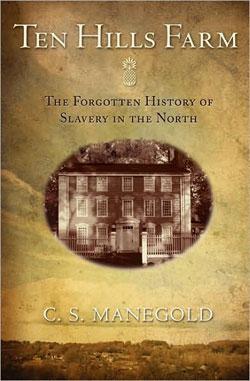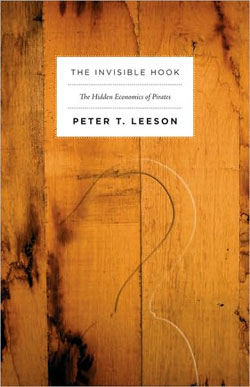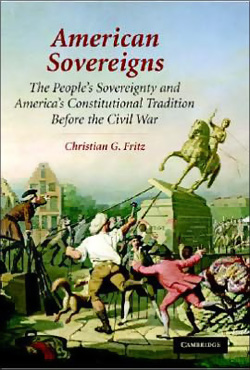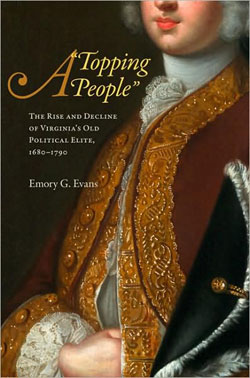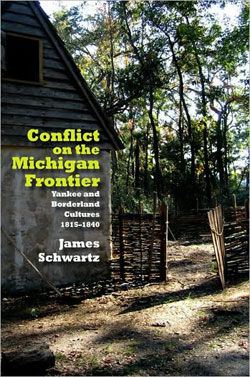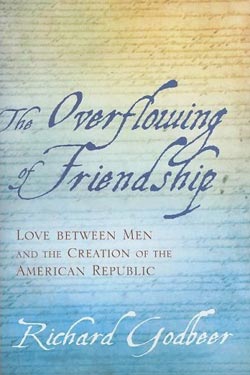Reorienting Bermuda’s place in the eighteenth-century Atlantic
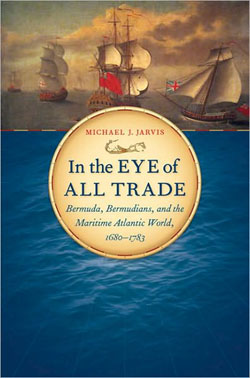
Every Early American historian must determine the appropriate perspective to frame the story of European settlement of the Americas. For decades, Frederick Turner’s choice of viewing American history by looking west from the Appalachian Mountains dominated the historiography. More recently, Daniel Richter provided a different frame to tell the story of early America by facing east from the Jefferson Memorial Arch in St. Louis. Michael Jarvis’s magisterial In the Eye of All Trade does not place the reader on the solidity of a mountain range or atop a national monument. Nor does he urge us to look in one direction. Instead, readers of In the Eye of All Trade are asked to consider the myriad connections Bermudians created within the Atlantic history from the unsteady wooden deck of a Bermudian sloop. While this may strike some as unorthodox, Jarvis’s choice of perspective is truly inspired. It ensures that even as readers are taken into uncharted waters, they are moored by the book’s two central ideas: that the Atlantic world’s “defining characteristic” was motion, and that Bermuda’s maritime economy was “at the center of England’s emerging Atlantic system” (9, 11).
Jarvis observes that while Bermuda occupies less than twenty-one square miles, its location “along a continuous curving arc of islands and coastline stretching from Newfoundland to Tobago” placed it within relatively short sailing voyages from all points in the western British Atlantic (4-5). When combined with the prevailing currents and trade winds, Bermuda’s location resulted in nine out of every ten ships sailing between the West Indies and Europe or North America to pass the island, placing it “in the eye of all trade.” In emphasizing the centrality of Bermuda in the British Atlantic, Jarvis provides a detailed maritime social history that considers both how the ocean shaped Bermuda and how Bermudian connections throughout the Atlantic basin influenced life on the island.
Jarvis proceeds to use this new perspective to explore six key characteristics of Bermudian life: its transition from a tobacco society to a maritime society; the island’s unique system of slavery; the emphasis placed on kinship connections and communal activities; Bermudian exploitation of the Atlantic’s natural resources; the effect of Bermuda’s maritime economy on its residents; and the impact of the American Revolution on Bermudian society.
In the book’s first two chapters Jarvis considers the initial development of Bermuda, documenting its operation by the Somers Company and transition to a royal colony. Although initially successful as a tobacco colony, Jarvis demonstrates that the collapse of the tobacco market in the 1620s and 1630s was a blessing in disguise that caused Bermudians to diversify their economy. Doing so fostered maritime connections with North American and other West Indies colonies. And because of limited land, many Bermudians moved to other colonies, forming networks of maritime trade that would sustain Bermuda to the end of the eighteenth century. In telling the story of a transition away from tobacco to the sea, Jarvis emphasizes that this took place without “direction, promotion, or supervision” from London (73).
With an increased emphasis on maritime activities, agriculture became marginal, as short trips to North American ports enabled Bermuda to regularly obtain provisions. The switch to a maritime economy also resulted in Bermudians imposing strict conservation measures and cultivating cedar trees for use in the island’s shipbuilding industry. By building distinctive, fast sloops, honing navigational and piloting skills, and keeping costs low by using slave labor aboard their ships, Bermudians flourished and made their island into what Jarvis terms a “great paradox”—an “island that was a vibrant commercial and communications hub and yet virtually invisible and easily missed within Great Britain’s sprawling empire” (183).
In Bermuda’s new maritime economy it was labor, not land, that was key. As the island’s fleet increased, slaves became increasingly critical to the island’s shipbuilding industry and came to comprise a majority of many Bermudian ship crews. Slave hiring was key to the success of this new maritime economy as it provided elasticity to seasonal shifts. Hiring out led many whites to depend upon slave labor for much of their household income, particularly those who did not own land. Smuggling, an important component of the island’s economy, was assisted by the use of all-black crews who could not testify against their ship captain or owner. Thus, Bermuda’s non-agricultural, mobile slave system more closely resembled slavery in ports such as New York than slave societies in the Caribbean.
Jarvis demonstrates that Bermuda’s rise as a maritime hub depended upon extensive kinship networks. Groups of family members built and bought sloops and schooners, raised capital, recruited ship crews and gathered goods to be shipped. In the era before widespread use of insurance by the island’s fleet, these kinship networks helped spread the risk of maritime endeavors. The kinship connections also extended to the ships themselves. Jarvis, through a precise and careful detailing that characterizes his scholarship, provides rich evidence of how almost every Bermudian ship crew came from the same neighborhoods and kinship groups, and frequently from the same households. These connections crossed racial lines as slaves frequently worked alongside their white masters on board Bermudian sloops. Jarvis even shows how kinship networks extended to other colonies, tracing how Bermudians emigrated to the Bahamas, South Carolina, Virginia and St. Eustatius. These commercial and kinship connections enabled this small island to flourish as a maritime economy.
With their maritime skills, unique slave system and extensive kinship connections Bermudians were, as Jarvis convincingly demonstrates, able to exploit maritime hinterlands to supplement their intercolonial trade and shipbuilding. They did so by raking salt from the Turks and Caicos Islands, salvaging shipwrecks, harvesting timber in Central and North America, turtling in the Cayman Islands, as well as privateering and whaling. Such activities, while marginal to many colonial economies, were “absolutely vital” to Bermuda’s maritime economy (250). These Atlantic maritime hinterlands drew large numbers of people together and linked regional economies from which Bermudians greatly benefited.
Jarvis illustrates this well through his discussion of the Bermuda sloop. No single item illustrates so well the importance of the Atlantic Commons to Bermuda’s economy. A critical component of Bermuda’s maritime economy that carried everything from salt to turtles to blubber, these fast and durable sloops contained a variety of elements from Bermuda’s extensive exploitation of the Atlantic: though based on Dutch design, they were built with North American cypress and pine as well as Bermudian cedar, and often contained rigging from shipwrecks, sails made from smuggled Dutch or Russian canvas, and iron from North American furnaces.
In chapters five and six, Jarvis ties together his history of Bermuda by analyzing how its maritime economy shaped its society on shore. Most eighteenth-century ports had skewed gender ratios, but Bermuda’s was particularly high: one-third of its households were headed by women in 1727. With many of the island’s men away at sea, Bermudian women took on considerable responsibilities, creating goods for export that tied them into the Atlantic economies that their husbands knew firsthand. While assuming a number of traditional male roles, Bermudian women, white and black, came to rely upon each other. The irony of this situation was, as Jarvis notes, that maritime activities led the island’s men to neglect traditional male social duties; they did not “protect, regularly provide for, [nor] personally govern their ‘dependent’ wives, children and slaves” (303). At the same time, the connections Bermudians had throughout the Atlantic enabled many islanders to own consumer goods that others in the Atlantic of similar wealth did not.
With the American Revolution significant changes came to Bermuda. The island’s reliance upon trade with North American colonies was disrupted. With the influx of British military forces and Loyalist privateers using the island as a base for operations, the nature of Bermuda’s economy changed dramatically. Jarvis meticulously describes the divisions among the island’s residents, many of whom favored the American cause. As they had earlier in the century in creatively using the Atlantic Commons to craft a dynamic maritime economy, Bermudians responded to the war with inventiveness. They used privateering and sale of goods to the British military to reconstruct their economy. In the years after the Revolution, shipbuilding, military provisioning, cod fishing, and whaling sustained the island.
In the Eye of All Trade is a welcome complement to Dan Vickers’s work in demonstrating the central role small ports on the geographic periphery of the Atlantic had in the development of British America. As Jarvis demonstrates so well, for most Bermudians, and for many other British colonists, the ocean was where they sought sustenance, identity, and a way of life. Having spent twenty years painstakingly researching colonial Bermuda, Jarvis has produced a wonderfully written narrative history worthy of its lengthy gestation. His emphasis on Bermudians’ adaptability to their isolated location stands as a useful reminder of how many early British settlers saw areas often referred to as “frontiers” or “borderlands” as central to their lives and economic well-being.

